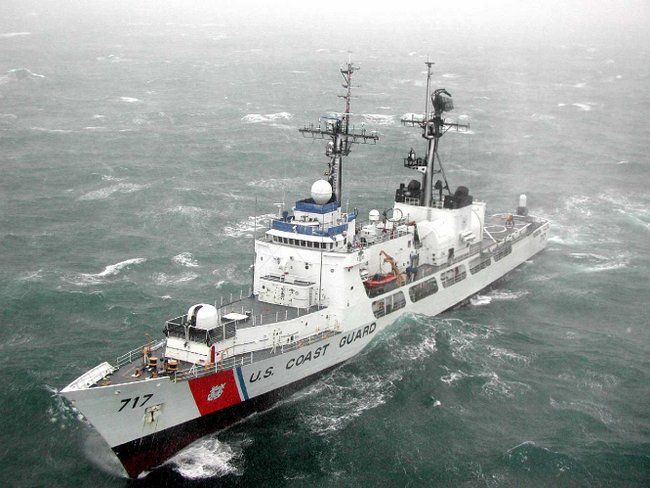Many thanks to SWLing Post contributor, Eric McFadden (WD8RIF), who shares a link to this excellent article by Steve (VE7SL) where he explores his success DXing utility stations on shortwave:
(Source: VE7SL)
DXing The Utilities (Part 1)
After building the house here on Mayne Island, in the early 90’s, it was several years until I was able to set up a dedicated station. In the meantime, I limited my radio activities strictly to listening. I had a nice Icom R-71A set up in a hall closet and spent my radio-time, mostly on weekend evenings, listening to maritime CW, HF aeronautical traffic and, of course, NDBs below the broadcast band.
My HF receiving antenna consisted of three inverted-V’s … one for 160m, the second for 80m and the third for 40m … all fed from the same coaxial line at the top of a 70′ Balsam. It didn’t take long to realize what an exceptional radio location I had, living right at the edge of the ocean, with dozens of miles of saltwater in most directions other than due west.
I really enjoyed following evening airline flights across both the North and South Atlantic, and in the early winter afternoons, following the commercial air-traffic all over Africa. Even though listening on 5 or 6MHz, I was amazed at how strong the signals from airliners over Africa at 30,000 feet or more could become, this far to the west. In the early mornings, directions were reversed and traffic from the far east, right into India, was fairly common. Often, small single-engine planes, usually run by various missionaries, could be heard while on the ground, taxiing at remote field locations and calling in via HF radio to request takeoff and flight-following.
Now QSL’s have always been one of my top radio interests and it wasn’t long before I started sending and collecting verifications for both the aircraft and the ships I was hearing … once I had figured out how to get my reception reports to their proper destinations.[…]
Click here to continue reading Part 1 of “DXing the Utilities.”


Nice photo of the U.S. Coast Guard Cutter Mellon, one of our [old – commissioned in the late-60s] HECs (High Endurance Cutters) …
P.S.
I’m an [old] retired BOSN4